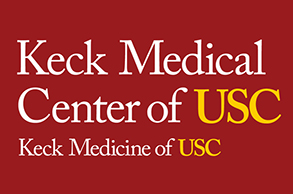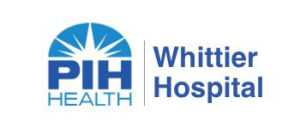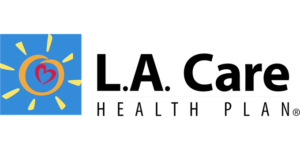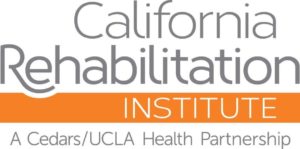Nursing & Healthcare News
Vaccines at Last
The first COVID-19 vaccines have arrived, but can they end the pandemic?
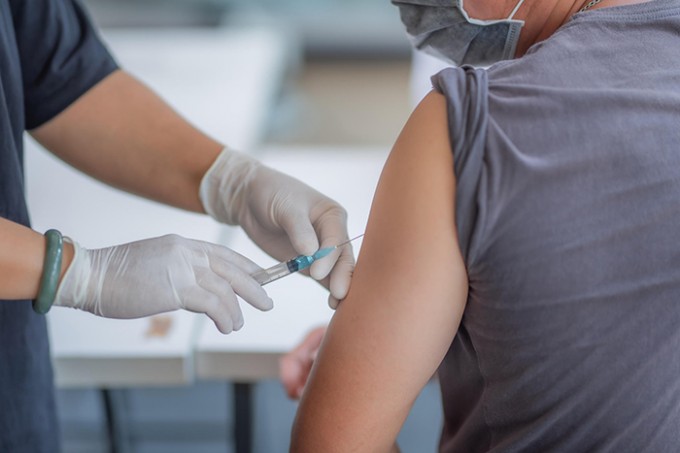
Could there have been a more welcome 2020 holiday gift than the first COVID-19 vaccines? While their arrival is great news, there are still many unanswered questions about whether the vaccines can finally end the pandemic.
COVID-19 Vaccine Facts
Here’s what we know:
There’s more than one. The first COVID-19 vaccine to receive FDA emergency use authorization (EUA) was the Pfizer-BioNTech vaccine. A second, developed by ModernaTX, received an EUA on December 19.
More may be on the way. According to the World Health Organization, there are currently more than 200 other vaccine candidates in development around the world. You can learn more about the various clinical trials at covid-nma.com/vaccines/mapping.
The vaccines work in similar ways. Both are mRNA vaccines, which use modified versions of the coronavirus’s membrane proteins to kick the body’s immune system into gear without risk of infection.
Both are over 94 percent effective in preventing COVID-19 in randomized clinical trials. The Pfizer vaccine trial involved 36,621 participants, the Moderna trial 28,207 participants.


